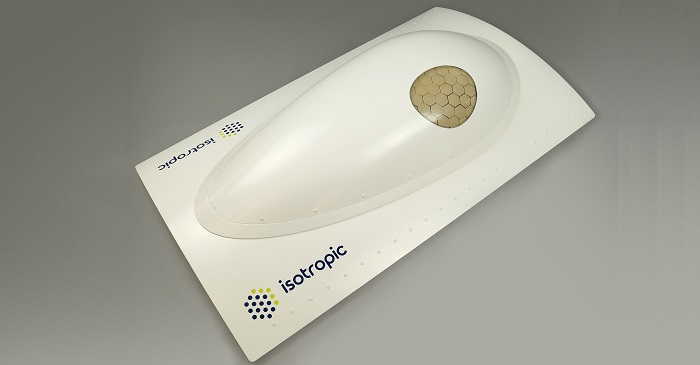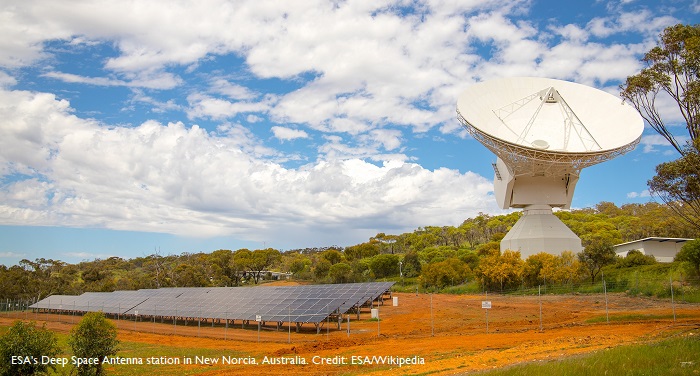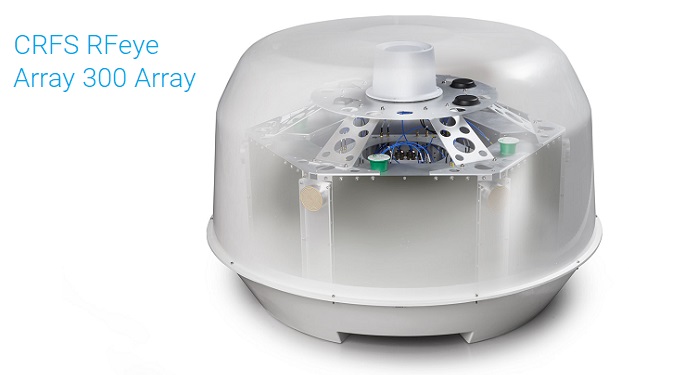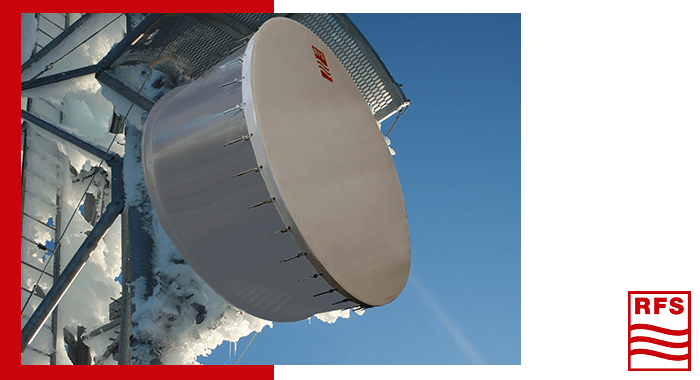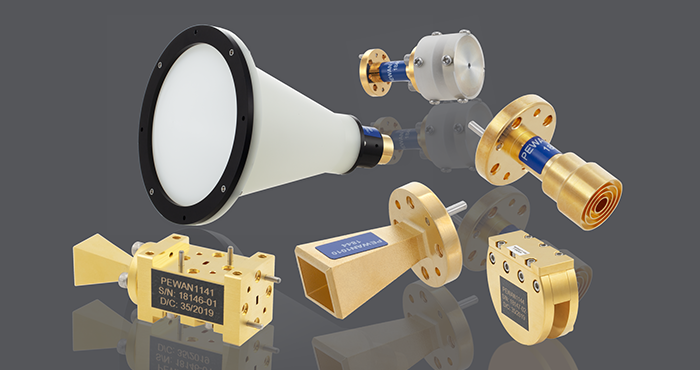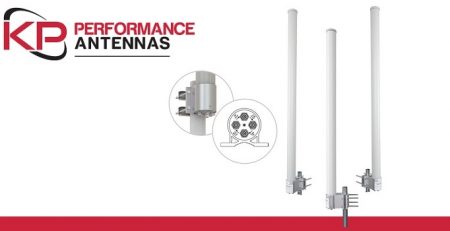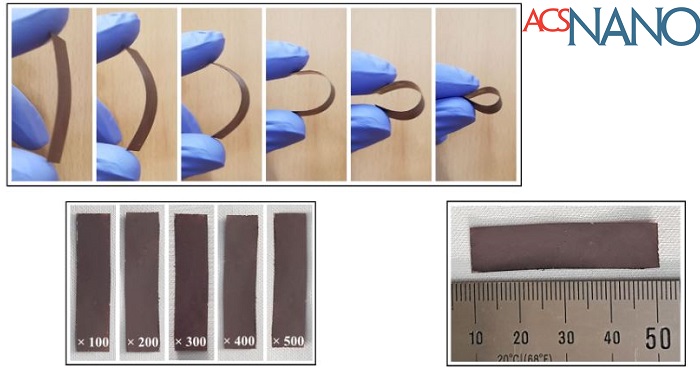CRFS Arrays Deployed at Deep Space Antennas Sites by the European Space Agency
The European Space Agency (ESA) has chosen to deploy the CRFS RFeye Array 300 Arrays at the Deep Space Antennas sites 1 and 2 to protect the communication from interference and monitor RF spectrum activity around the sites. These antennas operate in the S, X, K and Ka-band frequencies, and can be subject to interference from terrestrial sources – airfields, military bases, WiMAX etc.
CRFS Arrays provide spectrum monitoring and geolocation capabilities, both of which are of key use at the antenna sites. Highly sensitive receivers allow for detailed and comprehensive surveys of the RF environment around the arrays. Geolocation can be carried out by both angle of arrival (AoA) and time difference of arrival (TDOA) techniques, depending on the number of arrays deployed. A single array can calculate a line of bearing to the source of a signal, while a second array can generate a second line of bearing that crosses the first at the source location. A third array adds the possibility of using TDOA in addition.
The 35-meter Deep Space Antennas (DSA-1, outside Perth in Western Australia, DSA-2, outside Madrid in Spain and DSA-3, outside Malargüe in Argentina) are used to send/receive commands and information to and from interplanetary deep space missions.
CRFS Array Benefits at Different Stages of a Mission
During the initial stages of mission planning, the CRFS arrays allow engineers to carry out extensive surveys of the RF spectrum in the area surrounding the antennas. Any potential sources of interference can then be investigated and steps taken to mitigate their impact (by, say, requesting that local military/airfield operators avoid transmissions in the required bands during mission launches).
During the launch itself, it is absolutely critical to maintain uninterrupted communication. The Deep Space Antenna sites will be used to control the craft as well as receive information from it, so any interference at this stage could have a significant impact on the success of the mission. CRFS arrays allow not only a successful planning stage in order to eliminate potential sources of interference, but also a real-time monitoring throughout the launch to ensure that this is the case, and allow for rapid geolocation of any unexpected sources that might occur.
ESA missions frequently take months or years to complete, during which time the RF environment around the antennas may significantly change (as, for example, nearby cities grow, or telecoms technologies advance). CRFS arrays allow for ongoing monitoring of the situation, to ensure that information can continue to be both sent to and received from the spacecraft throughout the mission.
Initially founded in 1975, the European Space Agency comprises of 22 member countries, and is dedicated to space exploration and research. Current and recent high-profile missions include Gaia, which is mapping the structure of our own galaxy, the Milky Way, and Rosetta, the first mission to land on and study a comet.
Piermario Besso, Head of the Antenna and Infrastructure section at ESA’s European Space Operations Centre in Darmstadt, stated that the CRFS Array 300 is what they needed at ESA to monitor the Deep Space Antenna sites. With one Array at each site they are able to perform accurate Angle of Arrival identification of potential ground interference in order to electromagnetically safeguard their most critical frequency bands.
The 24/7 monitoring that CRFS Arrays provide ensures complete peace of mind, protecting missions with budgets reaching billions of euros from being disrupted by external interference.
Click here for more about CRFS RFeye Array 300 Arrays.


